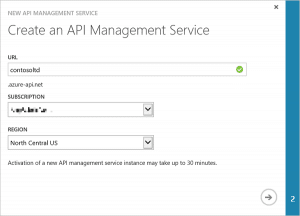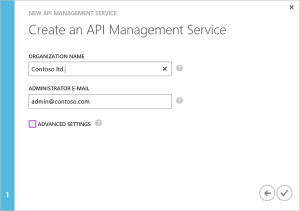I was attending a talk about Big Data past week. The organizer was Ascentic and the speakers were IT workers from Cantabria with high responsibilities in their companies. I think that it is interesting know about different use cases on different sectors.
[Leelo en español en CantabriaTIC]
Celestino Güemes works at Atos Worldgrid and he is a member of its wise committee. He was talking about “new” types of analytic and the issues. He explained us that analytics of historic data is something easy nowadays. However, systems are evolving with predictive analytics and prescriptive analytics, providing to an operator possible actions to take, and what is the recommended one.
He also remarked the use of deep learning and multi-sided market analytic platforms to develop new products and services.
He exposed some interesting and real cases as example of the different types of use of Big Data:
Operational excellence: An oil company uses drilling heads with 120 sensors. They can analyze the data in real time and compare them with the historic data to know when a head will break avoiding problems.
User experience: They work for a telecommunications provider in the relation between mobile network configuration and use of the clients. For example, they can detect where a user lives or works based on the network elements the user uses. They also can improve the quality of service for a specific VIP user when she is using Youtube during a trip or notify a client with information or an offer when he walk into a street (this is very similar to what I did with my team at GPMESS, my last company).
Bussiness re-invention: A seller of electricity is putting their data with other data sources to look for new possible services and business models. They are exploring things like detect the different machines in a house and offer discounts in new machines when they detect a problem in one of them based on the use of electricity.
Confidence and compliance: he is working in a solution to detect non-technical economic losses (frauds and errors) for electricity companies. These losses represent 1% of the business (3.7M€ per year).
Miguel Sierra is a manager at CIC. He leads a product called IDbox that is a software for Operational Intelligence. It integrates all available information sources, processes that captured signals and offers the tools for analysis to assist in operational decision making. This product is used by companies from different sectors: nuclear plants, electricity companies, private parking companies, water companies, and also high performance sports training.
He was talking about their history and how they became a company with high expertise on Big Data.
He said that the size is important but the frequency is more important. They process 1.5M signals from Iberdrola each second and 80K signals from a nuclear plant each 20 milliseconds (it is almost the same that 4M signals each second).
They help business that are not scalable at first sight providing them ways to become scalable and more profitable companies. He used the example of a clinic that work with professional athletes. They needed a doctor attending a single athlete inside their installations. Now they can provide a service to other clinics and gyms monitoring trainings from a control center operated by a group of doctors. A single doctor can work now with more than 20 athletes that are training at anyplace.
Raul Uría, CEO at Zzircon Business Intelligence. He did a basic presentation thinking in non-technical attendees. He explained what is and for what is the data mining. He showed a complete example with a single product (a slide for kids) talking how data mining helps to know to what users you have to offer this product, and how you should impact them and what message you should use.
I am sure that it was a great explanation for people that are not involved on IT everyday.



